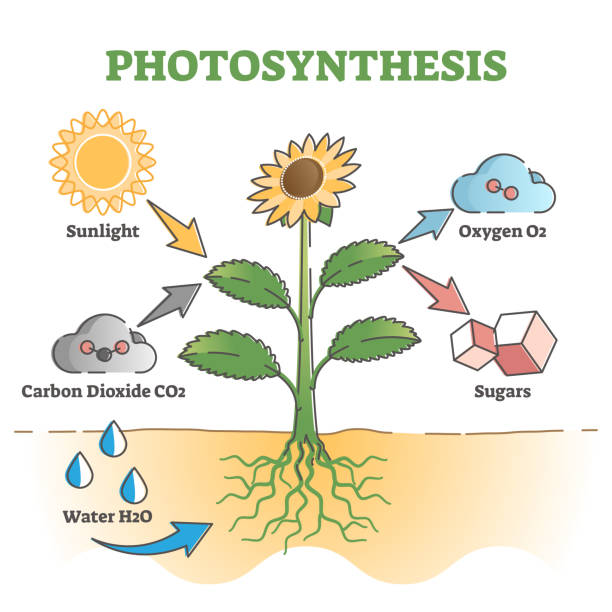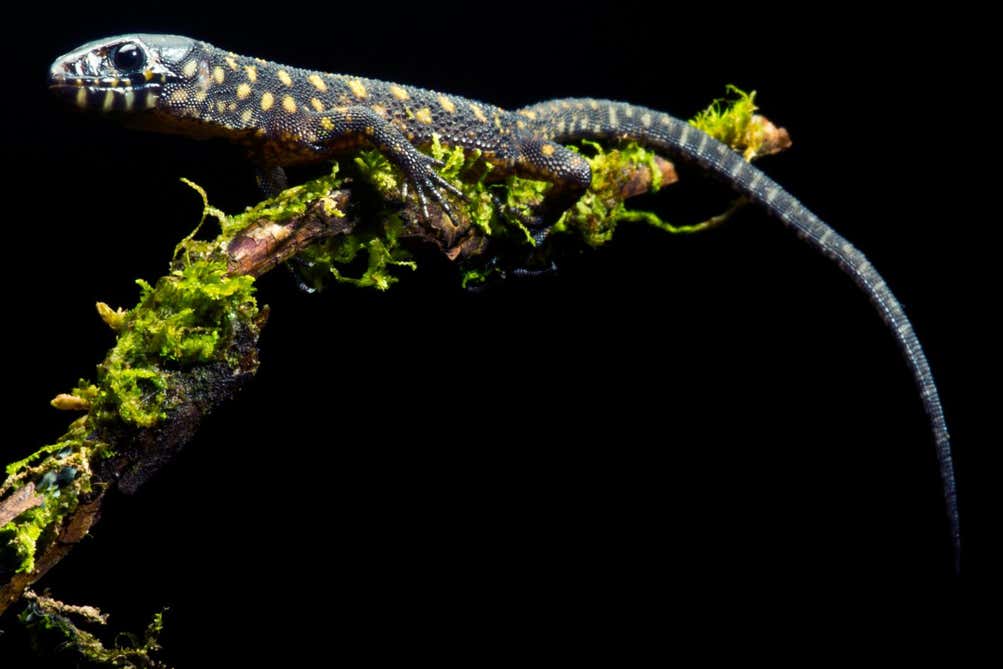Long before mountains towered over Idaho and Wyoming, before coal seams and phosphate mines shaped the economy of the Intermountain West, an ancient sea shimmered across the landscape. It was warm, shallow, and teeming with life. But the most astonishing revelation about this vanished ocean is not the monstrous sharks or the nautiloid hunters that once cruised its depths. It is that vast portions of the region were once blanketed in sponges — billions upon billions of them, stretching farther than the eye could see.
This isn’t poetic exaggeration. It is a scientific picture emerging from a discovery that sat unnoticed in plain sight for decades, locked inside gleaming stones mistaken for geological curiosities. Now, thanks to new research published in PLOS One, scientists are rewriting the ecological history of the Phosphoria Sea and exposing one of the most extraordinary marine communities ever to exist in North America.
A Meadow Beneath the Waves
“If you were snorkeling, all you’d see would be a meadow of billions of tube-shaped sponges,” said Leif Tapanila, director of the Idaho Museum of Natural History and professor of geosciences at Idaho State University. “They stretched off into the distance like an underwater prairie.”
It’s an image both serene and almost surreal: a quiet underwater world where fields of tall, tubular sponges sway gently in ancient currents, filtering nutrient-rich water and anchoring a complex ecosystem. These were not the colorful reef sponges familiar today, but glass sponges — delicate organisms that built their skeletons from the smallest shards of silica. Their silent labor created habitats for microbes, invertebrates, and fish in an era preceding the dinosaurs.
Yet for decades, their presence in the fossil record went unnoticed.
Clues Hidden in Stone
The breakthrough came not from modern technology, but from reexamining something geologists had been collecting for nearly a century: tube-shaped chert.
Chert is a hard, quartz-like rock that forms when silica-rich sediments solidify. In the 1950s and 1960s, geologists mapping Idaho, Montana, Utah, Wyoming, and Nevada found chunks of this uniquely tubular chert while searching for phosphate ore. They puzzled over its origins. Some thought the tubes might be fossilized burrows. Others described them but made no conclusion at all.
The answer lay in what the chert preserved.
“Spicules are tiny pieces of glass that sponges — and only sponges — make to form their skeleton,” Tapanila explained. These microscopic structures — no larger than grains of sand — became locked inside the chert when silica dissolved from seawater and entombed the sponge meadows long ago.
When Tapanila and his team examined chert samples from dozens of sites, stretching in a 400-mile horseshoe across the Intermountain West, they found spicules everywhere. Tube-shaped chert after tube-shaped chert contained these unmistakable markers of ancient sponge life.
The conclusion was undeniable: the region had once hosted one of the largest sponge-dominated ecosystems on Earth.
The Ancient Sea That Time Forgot
The Phosphoria Sea existed roughly 275 million years ago, during the Permian period, along the western edge of the supercontinent Pangaea. Warm, shallow waters stretched across what is now Idaho, Utah, Wyoming, Nevada, and Montana. The sea earned its name from the thick layers of phosphate-rich sediment it left behind, which today support major fertilizer mining operations in East Idaho.
But beneath those sediments lies a deeper story — one of thriving, vibrant, almost alien underwater worlds.
This sea was home to the infamous Helicoprion, the prehistoric “buzzsaw shark” whose spiraled jaw full of teeth remains one of paleontology’s strangest puzzles. Nautiloids, distant relatives of modern squids and octopuses, patrolled the waters with their coiled shells. Algae and microorganisms teemed in the sunlit shallows. And underfoot, in great meadows stretching hundreds of miles, sponges filtered the ocean’s nutrients and built the foundation for an ecosystem “off the charts” in its richness, says Tapanila.
A Forgotten Discovery Rediscovered
What makes this discovery so remarkable is how long it sat overlooked. “Looking back at the old scientific papers, it was hidden in plain sight; they didn’t know what they had,” Tapanila said.
Fossils often appear in recognizable shapes: bones, shells, imprints. But sponges are soft-bodied creatures, leaving little behind unless conditions are perfect. In the Phosphoria Sea, those perfect conditions occurred when silica concentrations rose and hardened around the sponge fields, preserving their shapes as chert tubes.
Generations of scientists walked past these fossils without realizing they were looking at the skeletons of a lost biome. Only when someone asked the right question — what else could produce so much tube-shaped chert? — did the pieces begin to fall into place.
Reconstructing a Lost Ecosystem
The revelation of a massive sponge meadow transforms our understanding of the Phosphoria Sea. Instead of a barren or sparsely populated seabed, the ancient ocean floor now appears as a rich, densely inhabited environment that supported an astonishing web of life.
Sponges are more than passive organisms. They pump water constantly, filtering food and redistributing nutrients. A sponge meadow the size of the one identified by Tapanila’s team would have dramatically influenced local chemistry, oxygen production, and sediment formation. It would have shaped the behaviors of predators and prey alike, providing hiding places for small creatures and pathways for water circulation.
By recognizing the true nature of the chert tubes, scientists can now reconstruct this ecosystem more accurately, revealing the Phosphoria Sea as something close to a Permian paradise — a dynamic and intricately balanced marine world.
Why This Discovery Matters Today
Revisiting the forgotten fossils of the Intermountain West does more than rewrite natural history. It reminds us of the dynamic ways ecosystems evolve, thrive, collapse, and transform over geological time. The sponge meadows show how life can dominate an environment, shaping the chemistry and stability of the entire region.
They also highlight how easily clues can be missed. Sometimes science advances not through new technology, but by seeing old evidence with new eyes. It teaches humility: even the most obvious stones can hide secrets that change how we see the world.
Finally, the discovery enriches our understanding of biodiversity before the catastrophic end-Permian extinction — the largest mass extinction in Earth’s history. These sponge meadows existed during a pivotal era, just before the planet’s biosphere was dramatically reshaped. Understanding them may shed light on how ecosystems respond to environmental stress, nutrient changes, and climatic shifts.
A Window Into a World Long Gone
Standing on the dry hills of Idaho or the wind-swept ridges of Montana, it’s hard to imagine that these landscapes once lay beneath a warm, glimmering sea filled with sponges, sharks, and cephalopods. Yet the rocks beneath our feet remember.
The chert tubes — once mysterious, now understood — carry the echoes of an underwater world lost to time. They speak of currents that no longer flow, creatures that no longer swim, and ecosystems that vanished long before humanity took its first steps.
Thanks to the work of Tapanila and his colleagues, that forgotten sea rises again in our imaginations: a vast underwater meadow shimmering with life, stretching hundreds of miles, pulsing with beauty and complexity.
An ancient ocean, silent for hundreds of millions of years, is telling its story once more.
More information: Zackery Wistort et al, Glass factory found: Basinwide (600 km) preservation of sponges on the Phosphoria glass ramp, Permian, USA, PLOS One (2025). DOI: 10.1371/journal.pone.0333211






